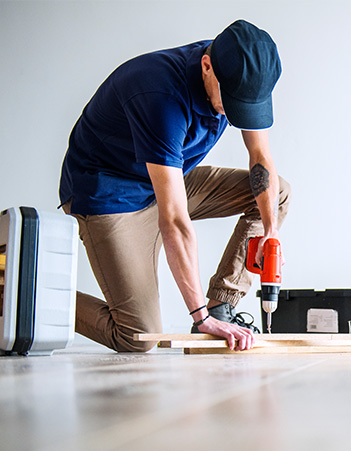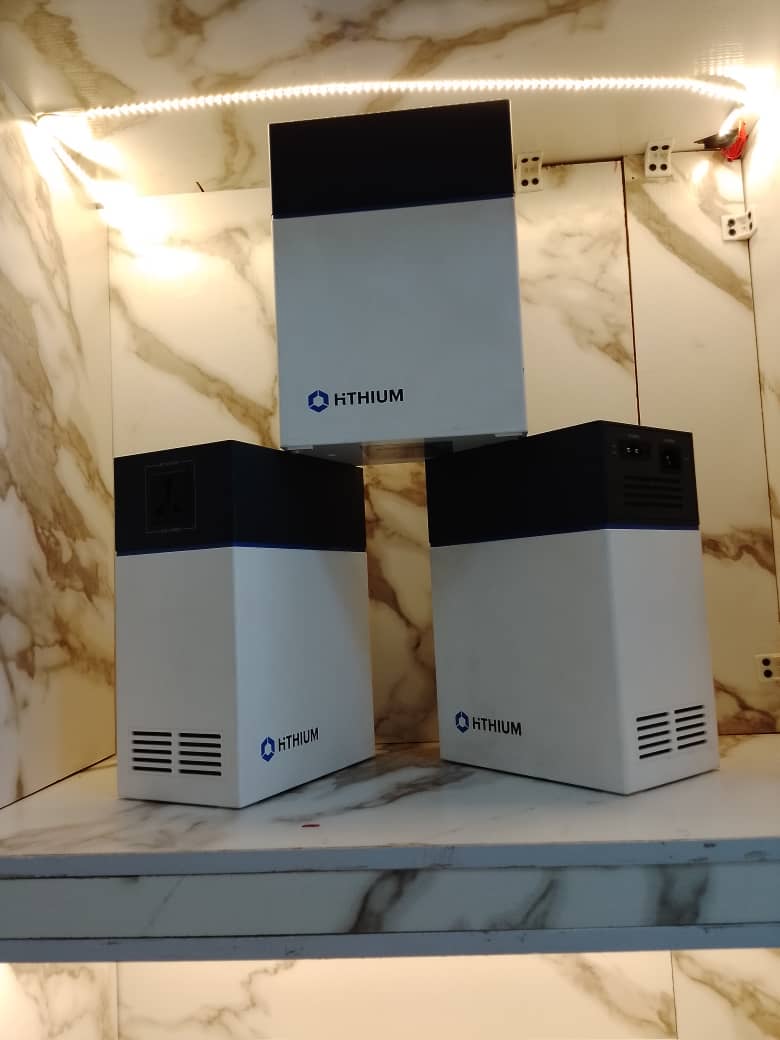Join Our Newsletter
Subscribe to Eagles technologies and communications

Subscribe to Eagles technologies and communications

In today’s homes, inverters have become a reliable backup power source. But one common mistake many people make is connecting too many appliances to an inverter without checking if it can handle the load. This often leads to problems that could shorten the lifespan of your system.
⚡ What Happens When You Overload an Inverter?
Every inverter has a maximum load capacity it can safely carry. When you connect appliances that demand more power than the inverter can supply:
The inverter may shut down automatically to protect itself.
Continuous overloading can weaken internal components like transistors and capacitors.
In severe cases, it can cause overheating, sparks, or even permanent damage.
🛠️ Common Mistakes That Lead to Overloading
Plugging in heavy appliances like freezers, pressing irons, or air conditioners without proper planning.
Ignoring the wattage rating of the inverter.
Using low-quality or undersized batteries that can’t support the load.
✅ How to Prevent Inverter Overload
Know Your Load – Add up the wattage of appliances you want to power and match it with your inverter’s capacity.
Use Energy-Efficient Appliances – Opt for LED lights, inverter-rated fridges, and energy-saving devices.
Invest in the Right Size of Inverter – Bigger isn’t always better, but choosing the right capacity ensures smooth performance.
Work with Professionals – A properly designed system ensures your inverter and batteries last longer.
🔑 Final Takeaway
Yes, connecting too many appliances can damage your inverter. The good news is, with the right system design and professional guidance, you’ll enjoy reliable, long-lasting power without stress